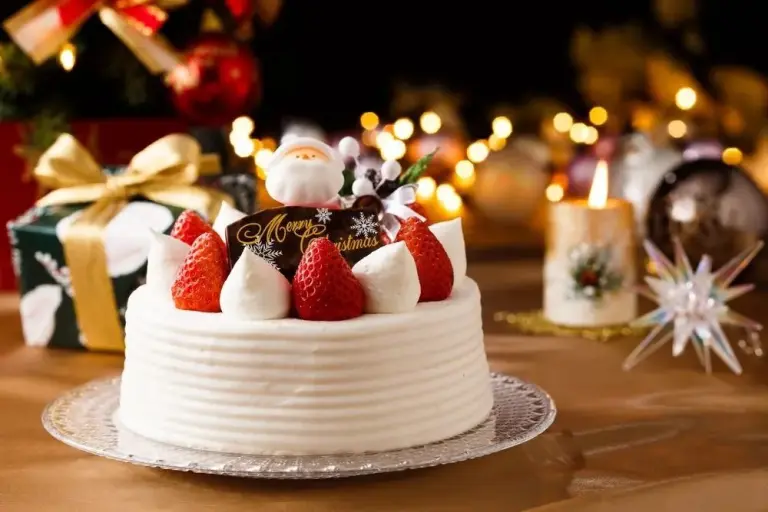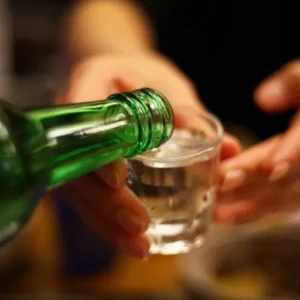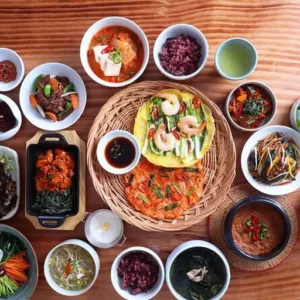When it comes to Japanese cuisine, few dishes are as fascinating—and as controversial—as fugu, or pufferfish. Known for both its deadly toxin and its luxurious price tag, this fish has intrigued food enthusiasts around the world. In Japan, fugu is more than just a meal; it is a culinary tradition that requires years of training and strict licensing for chefs to prepare safely. For curious travelers, it represents one of the most unique dining experiences the country has to offer.
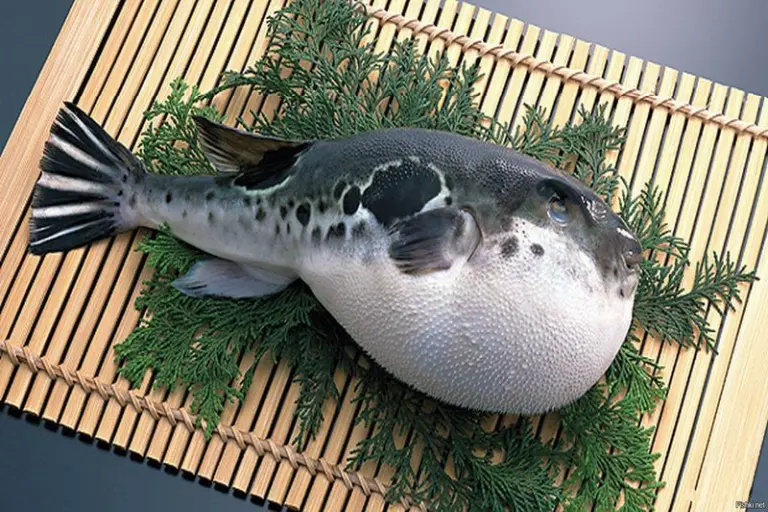
$3,000 for just one kilogram of fish – this luxury dish certainly knows how to drain the wallets of those who dare to try it!
Have you ever imagined tasting a dish worth thousands of dollars?
While many people would never consider spending such an amount, there are always those willing to pay for the experience. For them, it’s a matter of prestige.
At $300 for just 100 grams, what makes this fish so different from ordinary ones?
First of all, it’s incredibly ugly.
This is fugu (pufferfish) – one of the most poisonous creatures in the world, carrying the deadly toxin tetrodotoxin, which is so dangerous that many countries have banned it entirely.
To put it into perspective, tetrodotoxin is 200 times more toxic than cyanide. A small dose can cause painful symptoms such as numbness of the mouth, paralysis, and, if not treated quickly, death.
Yet in Japan, this fish has become a rare delicacy with a sky-high price tag.
There are about 120 poisonous species of pufferfish worldwide, 50 of which are considered edible. Among them, the Torafugu (tiger pufferfish) is regarded as the finest.
A single serving of 100 grams can cost up to 35,000 yen (about $300).
With this costly and potentially deadly meat, diners may choose from various preparations: fugu sashimi, hotpot, deep-fried fugu, and more.
For the truly adventurous, there’s shirako – the pufferfish’s milt (sperm sacs) – available for about 10,000 yen ($70+) for two pieces, but only during the short breeding season.
However, money alone won’t get you a taste. Not just anyone can prepare pufferfish. Because of its extreme toxicity, only licensed chefs – after a minimum of two years of rigorous training – are allowed to handle it.
One of the most renowned experts is Noboru Yamaguchi, a veteran chef with over 20 years of experience. His small restaurant can serve only up to 24 people at peak times, and no amount of money will secure extra seats.
Chef Yamaguchi explains that preparing fugu is an art that requires precision and delicacy, since even the slightest mistake can contaminate the meat with poison. Chefs must not only skillfully remove the toxic skin with expert knife techniques but also carefully identify and eliminate the deadly organs.
The toxin is concentrated in the intestines, liver, and even the blood. After preparation, all poisonous parts are sealed in a metal container and transported to the fish market for incineration.
Indeed, in the hands of Japan’s master chefs, fugu transforms into a fine and safe delicacy. Still, taking a bite of this luxurious yet deadly fish is considered an act of bravery—one that continues to make diners shiver with both excitement and fear.
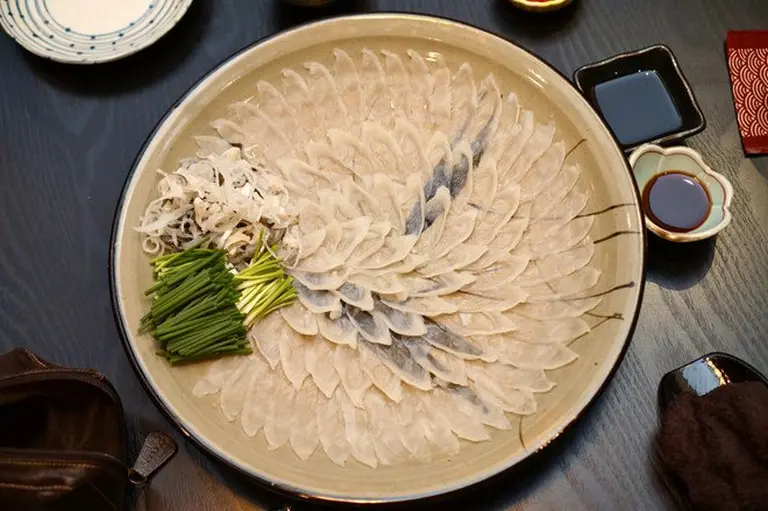
Whether you choose to taste fugu or simply learn about its cultural significance, this dish highlights Japan’s dedication to craftsmanship and culinary artistry. While it remains one of the most expensive and daring delicacies in the world, it also reflects the country’s ability to transform even the most dangerous ingredients into a symbol of tradition and refinement. For visitors, exploring the story of fugu is as much about understanding Japanese culture as it is about food itself.


